Cannabis 101: Learn the Basics

Understand the basics of cannabis and its many applications
What is Cannabis?
Cannabis commonly known as marijuana, weed, and pot, among other names, is a non-chemically uniform psychoactive drug from the Cannabis plant. Native to Central or South Asia, cannabis has been used as a drug for both recreational and entheogenic purposes and in various traditional medicines for centuries.
Definition

Cannabis, also known as marijuana, is a plant belonging to the Cannabaceae family. It contains over 100 chemical compounds called cannabinoids, which interact with the body’s endocannabinoid system to produce various effects. The two primary cannabinoids are tetrahydrocannabinol (THC), responsible for the psychoactive properties, and cannabidiol (CBD), which has therapeutic benefits without psychoactive effects. Cannabis can be consumed in various forms, including dried flowers, edibles, concentrates, and oils, each offering distinct experiences and benefits.
Types
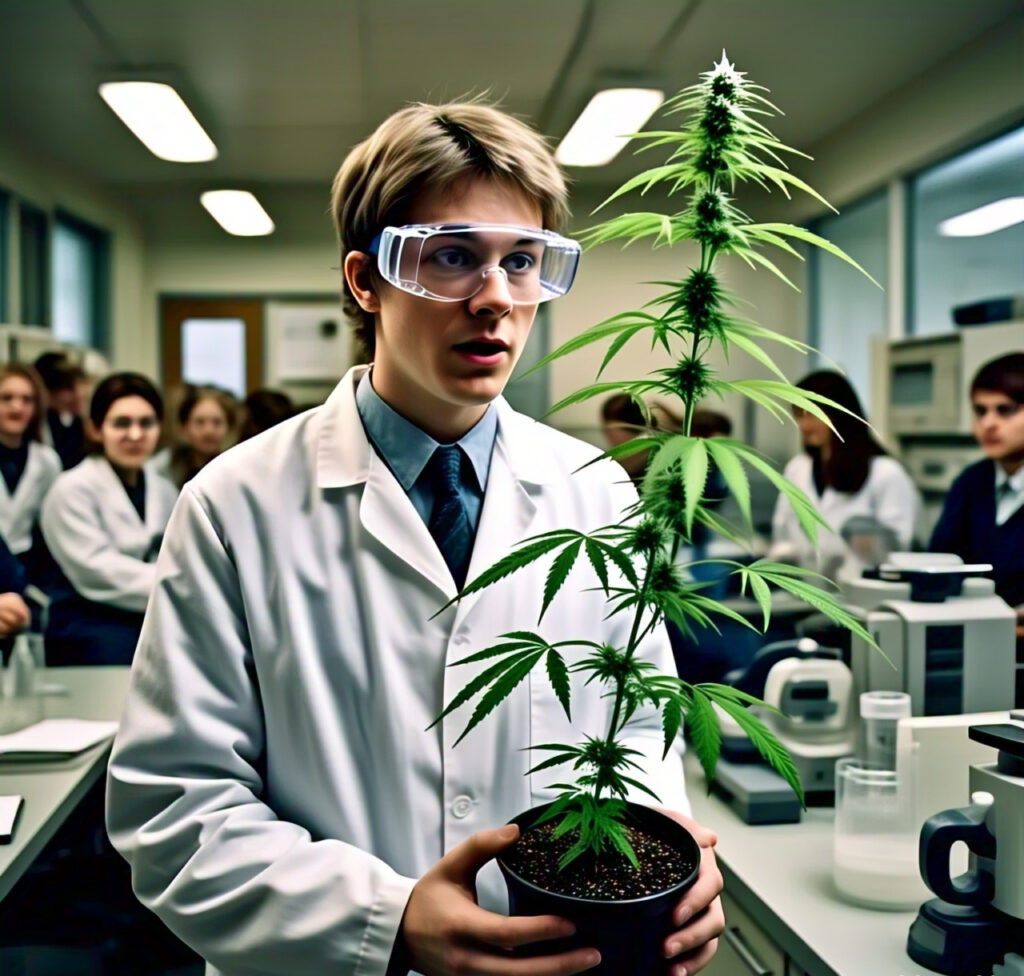
Cannabis is classified into several types based on its characteristics, effects, and uses. The primary categories are Sativa, Indica, and Hybrid. Sativa strains are known for their uplifting and energizing effects, often used to enhance creativity and focus. Indica strains have a relaxing and sedating impact, commonly used for pain relief and sleep aid. Hybrid strains combine the properties of both Sativa and Indica, offering a balanced experience. Additionally, cannabis can be categorized as hemp (containing less than 0.3% THC) or marijuana (containing more than 0.3% THC), with various sub-strains and cultivars within each category.
Effects

Cannabis strains each with unique effects and benefits. Sativa strains, such as Sour Diesel and Jack Herer, are known for their uplifting and energizing effects, often inducing feelings of creativity, focus, and euphoria. Indica strains, like OG Kush and Purple Haze, have a relaxing and sedating impact, commonly used for pain relief, sleep aid, and anxiety reduction. Hybrid strains, which combine elements of both Sativa and Indica, offer a balanced experience, with strains like Blue Dream and Girl Scout Cookies providing both relaxation and mental clarity. The specific effects of a strain depend on its unique cannabinoid and terpene profile, making experimentation and finding the right strain important for optimal benefits.
Cannabinoids and Terpenes
Cannabinoids and terpenes are the primary compounds found in cannabis, responsible for its therapeutic and psychoactive effects. Cannabinoids, such as THC (tetrahydrocannabinol) and CBD (cannabidiol), interact with the body’s endocannabinoid system, influencing mood, pain, and inflammation. Terpenes, on the other hand, are aromatic compounds that provide cannabis its distinct flavors and aromas, while also offering therapeutic benefits. Terpenes like limonene and pinene have been shown to have antimicrobial and anti-inflammatory properties, respectively. The unique combination and ratio of cannabinoids and terpenes in a cannabis strain determine its specific effects and benefits, making understanding these compounds essential for maximizing cannabis’s potential.
Cannabinoids
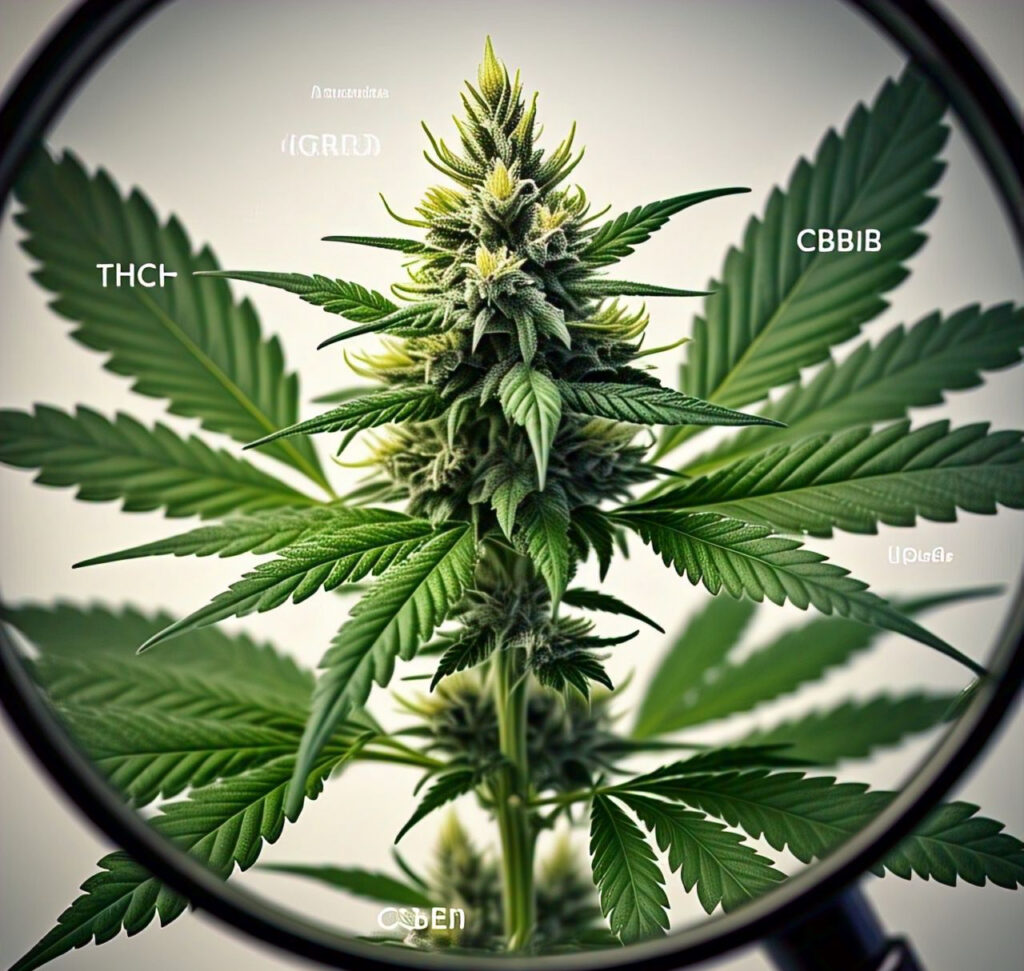
Cannabinoids are the active chemical compounds found in cannabis, responsible for its therapeutic and psychoactive effects. The two most well-known cannabinoids are THC (tetrahydrocannabinol) and CBD (cannabidiol). THC is the primary psychoactive compound, producing feelings of euphoria, relaxation, and altered perception. CBD, on the other hand, is non-psychoactive and has been shown to have anti-inflammatory, anti-anxiety, and anti-seizure properties. Other notable cannabinoids include CBG (cannabigerol), which has been found to have antibacterial and anti-inflammatory effects, and CBC (cannabichromene), which has been shown to have pain-relieving and anti-inflammatory properties. The unique combination and ratio of these cannabinoids in a cannabis strain determine its specific effects and benefits, making understanding these compounds essential for maximizing cannabis’s potential.
Effects of Cannabnoids

The various cannabinoids present in cannabis offer a wide range of effects and benefits. THC, the primary psychoactive compound, can help alleviate symptoms of nausea, pain, and insomnia, while also promoting relaxation and euphoria. CBD, on the other hand, has been shown to have anti-inflammatory, anti-anxiety, and anti-seizure properties, making it an effective treatment for conditions such as epilepsy, multiple sclerosis, and arthritis. CBG has been found to have antibacterial and anti-inflammatory effects, while CBC has been shown to have pain-relieving and anti-inflammatory properties. Additionally, cannabinoids like CBN and THCV have been found to have neuroprotective and antioxidant effects, respectively. The specific combination and ratio of these cannabinoids in a cannabis strain determine its unique effects and benefits, making it essential to understand the properties of each cannabinoid to maximize cannabis’s therapeutic potential.
Terpenes
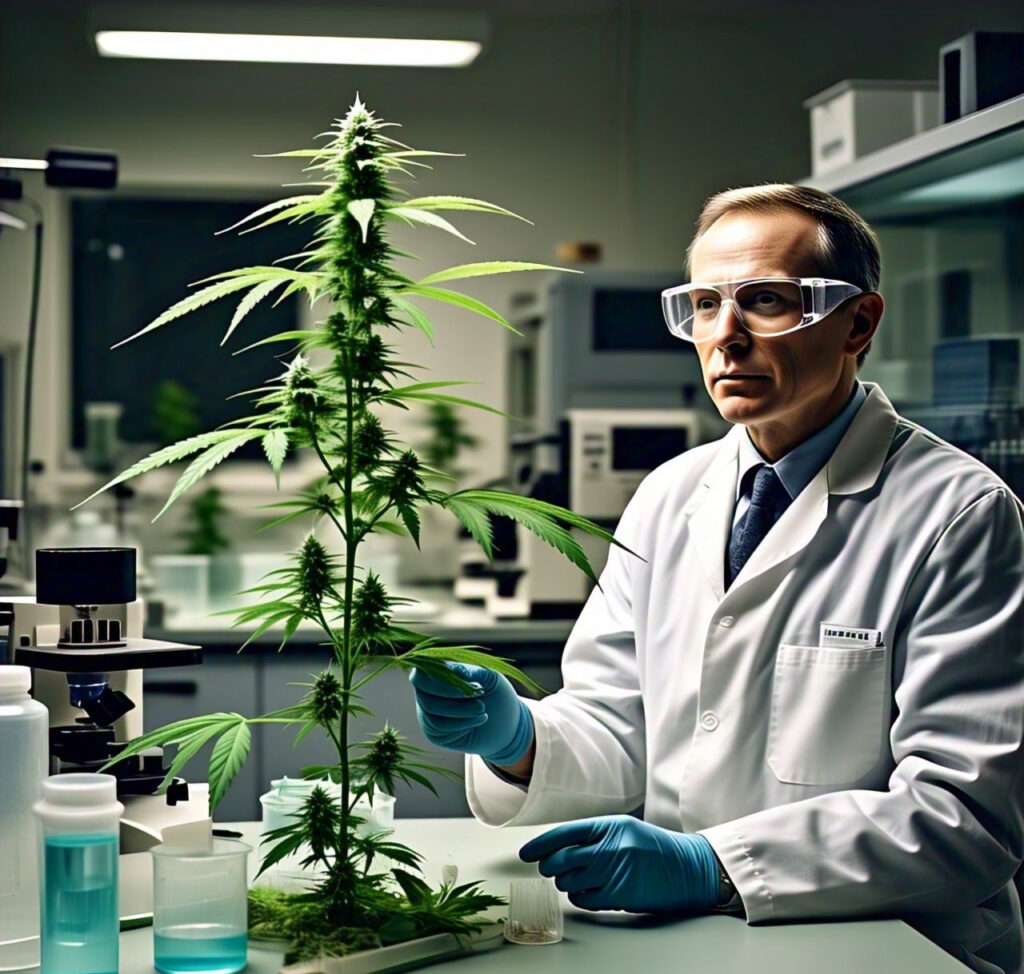
Terpenes are a class of organic compounds found in the oils of plants and give cannabis its unique aromas and flavors. These molecules are responsible for the distinctive smells of various cannabis strains, ranging from citrusy and sweet to earthy and musky. Terpenes play a crucial role in cannabis, as they work synergistically with cannabinoids to enhance their therapeutic effects. This phenomenon, known as the “entourage effect,” suggests that the combination of terpenes and cannabinoids creates a more comprehensive and effective treatment than either compound alone. With over 100 identified terpenes in cannabis, each with its unique properties and benefits, understanding terpenes is essential for unlocking the full potential of cannabis as a therapeutic agent.
Methods of Consumption
Cannabis can be consumed in various ways, each offering a unique experience and set of effects. Smoking and vaping are popular methods, involving the inhalation of cannabis smoke or vapor to produce rapid effects. Edibles, such as baked goods and candies, involve ingesting cannabis-infused foods and beverages, resulting in longer-lasting and often more intense effects. Topicals, including creams and balms, are applied directly to the skin, providing localized relief from pain and inflammation. Tinctures and oils are sublingual or added to food and drinks, offering a discreet and flexible way to consume cannabis. Each method of consumption has its own advantages and disadvantages, and individuals can experiment to find the best approach for their needs and preferences.
Smoking

Smoking is one of the most traditional and popular methods of consuming cannabis. Joints, similar to cigarettes, are hand-rolled with cannabis and paper. Blunts, on the other hand, use a tobacco leaf wrapper, often providing a stronger and more intense experience. Pipes, made from various materials like glass, metal, or wood, allow for a more controlled and efficient burn. Bongs, also known as water pipes, use water filtration to cool and purify the smoke, often resulting in a smoother and more potent hit. Each smoking method offers a unique experience, and users often prefer one over the others based on factors like convenience, flavor, and intensity.
Vaping
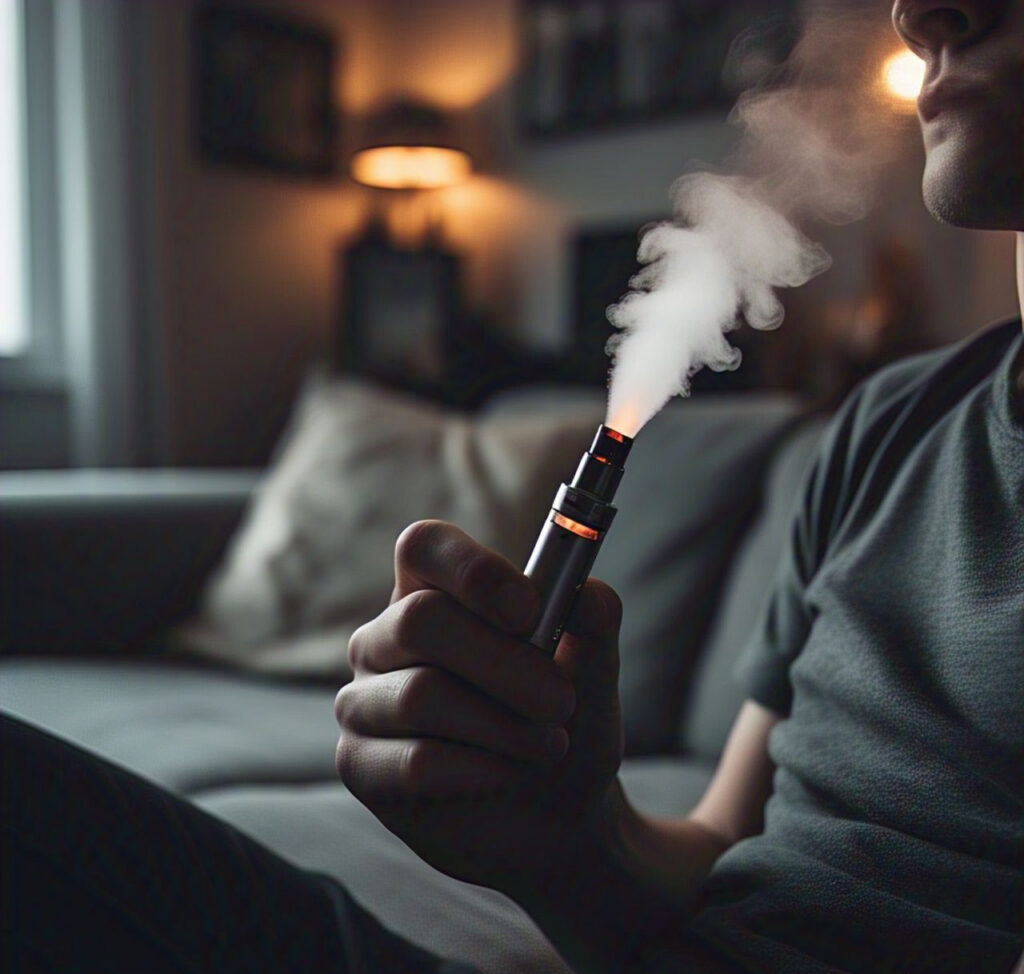
Vaping is a popular method of consuming cannabis, offering a discreet and potentially healthier alternative to smoking. Vaporizers, which come in various styles and sizes, heat cannabis oils or flowers to a temperature that releases cannabinoids and terpenes without combustion. E-liquids and cartridges contain cannabis extracts dissolved in a liquid solution, often with added flavorings and ingredients. When vaped, these liquids produce a smooth and flavorful vapor. Vaping allows for more precise control over dosage and can reduce respiratory irritation associated with smoking. However, it’s essential to choose high-quality vaporizers and e-liquids to ensure safety and effectiveness.
Edibles

Edibles are cannabis-infused foods and beverages that offer a discreet and long-lasting method of consumption. Types of edibles include baked goods, candies, chocolates, and beverages like teas and juices. When ingested, edibles are metabolized by the liver, producing a stronger and more prolonged effect compared to smoking or vaping. The effects of edibles can take up to two hours to onset and can last for several hours. It’s essential to exercise safety precautions when consuming edibles, such as starting with low doses, waiting for the full effects to onset, and storing edibles in child-proof containers to avoid accidental ingestion. Additionally, edibles can interact with other medications and exacerbate certain health conditions, making it crucial to consult with a healthcare professional before consumption.
Topicals

Topicals are cannabis-infused creams, balms, salves, and oils that are applied directly to the skin, providing localized relief from pain, inflammation, and discomfort. Unlike other methods of consumption, topicals do not produce a psychoactive effect, as the cannabinoids are absorbed through the skin and do not enter the bloodstream. Topicals are often used to treat conditions such as arthritis, fibromyalgia, and skin conditions like eczema and acne. They can also be used to relieve muscle soreness and tension, making them a popular choice among athletes and individuals with active lifestyles. Additionally, topicals can be infused with other natural ingredients like essential oils and herbs, enhancing their therapeutic benefits and providing a more holistic approach to wellness.
Benefits and Effects
Cannabis has been found to have numerous benefits and effects, making it a versatile and valuable plant for medicinal, therapeutic, and recreational purposes. The primary psychoactive compound, THC, produces feelings of relaxation, euphoria, and altered perception, while the non-psychoactive compound, CBD, has been shown to have anti-inflammatory, anti-anxiety, and anti-seizure properties. Cannabis has been used to treat a range of conditions, including chronic pain, nausea, muscle spasms, and anxiety disorders. Additionally, cannabis has been found to have neuroprotective effects, potentially helping to prevent or slow the progression of neurodegenerative diseases such as Alzheimer’s and Parkinson’s. Overall, the benefits and effects of cannabis make it a valuable tool for improving quality of life and promoting overall well-being.
Wellbeing

Cannabis has been found to have numerous physical benefits, particularly in relation to pain management and inflammation reduction. The cannabinoids present in cannabis, such as THC and CBD, interact with the body’s endocannabinoid system to produce analgesic and anti-inflammatory effects. This makes cannabis an effective treatment for chronic pain conditions, such as arthritis, fibromyalgia, and multiple sclerosis. Additionally, cannabis has been shown to reduce muscle spasms, inflammation, and nausea, making it a valuable therapeutic option for individuals with a range of physical health conditions. By alleviating these physical symptoms, cannabis can significantly improve overall quality of life and promote physical wellbeing.
Serenity

Cannabis products have been increasingly recognized for their potential mental and emotional benefits when used responsibly and in appropriate contexts. Some studies suggest that cannabinoids like CBD (cannabidiol) and THC (tetrahydrocannabinol) can help alleviate symptoms of anxiety by promoting relaxation and reducing stress. Additionally, cannabis may enhance mood through its interaction with the brain’s endocannabinoid system, which plays a role in regulating emotions and feelings of pleasure. It is thought to help with issues such as insomnia or depression, providing a sense of calm and improving sleep quality. However, it is important to note that individual responses to cannabis vary, and excessive or improper use can lead to unwanted side effects. Consulting a healthcare professional ensures safe and effective use, tailored to specific needs. Always prioritize informed decisions regarding cannabis consumption.
Therapeutics
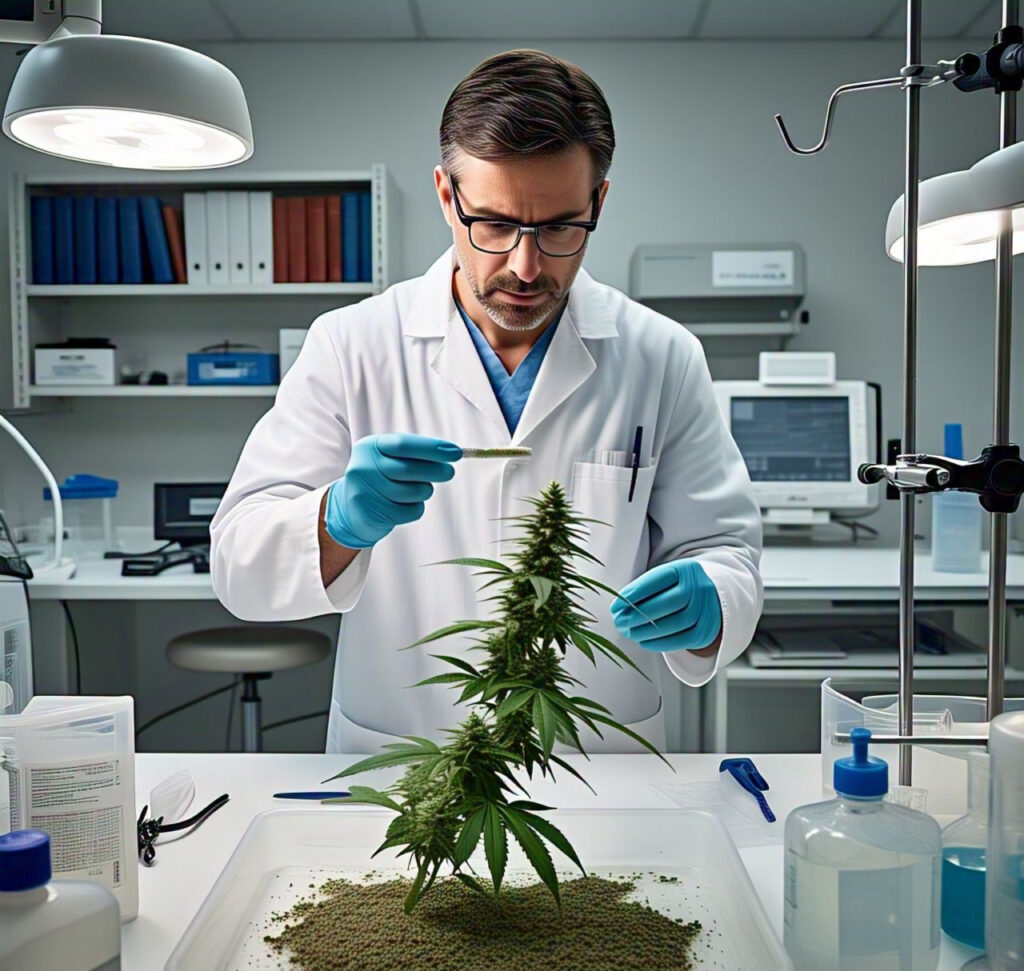
Cannabis products, particularly those containing CBD (cannabidiol), have shown promise in various medical applications. For instance, CBD has been approved in some countries for treating certain forms of epilepsy, such as Dravet syndrome and Lennox-Gastaut syndrome, due to its ability to reduce the frequency and severity of seizures. Additionally, cannabis-based treatments are being explored for managing symptoms of multiple sclerosis, including muscle spasticity and pain, offering relief to patients who may not respond well to traditional therapies. Research also suggests potential benefits for conditions like chronic pain, nausea from chemotherapy, and even some mental health disorders. However, while these applications are promising, further studies are essential to fully understand the efficacy, safety, and long-term effects of cannabis in medical treatments. Always consult a healthcare professional before considering cannabis for medical use.

